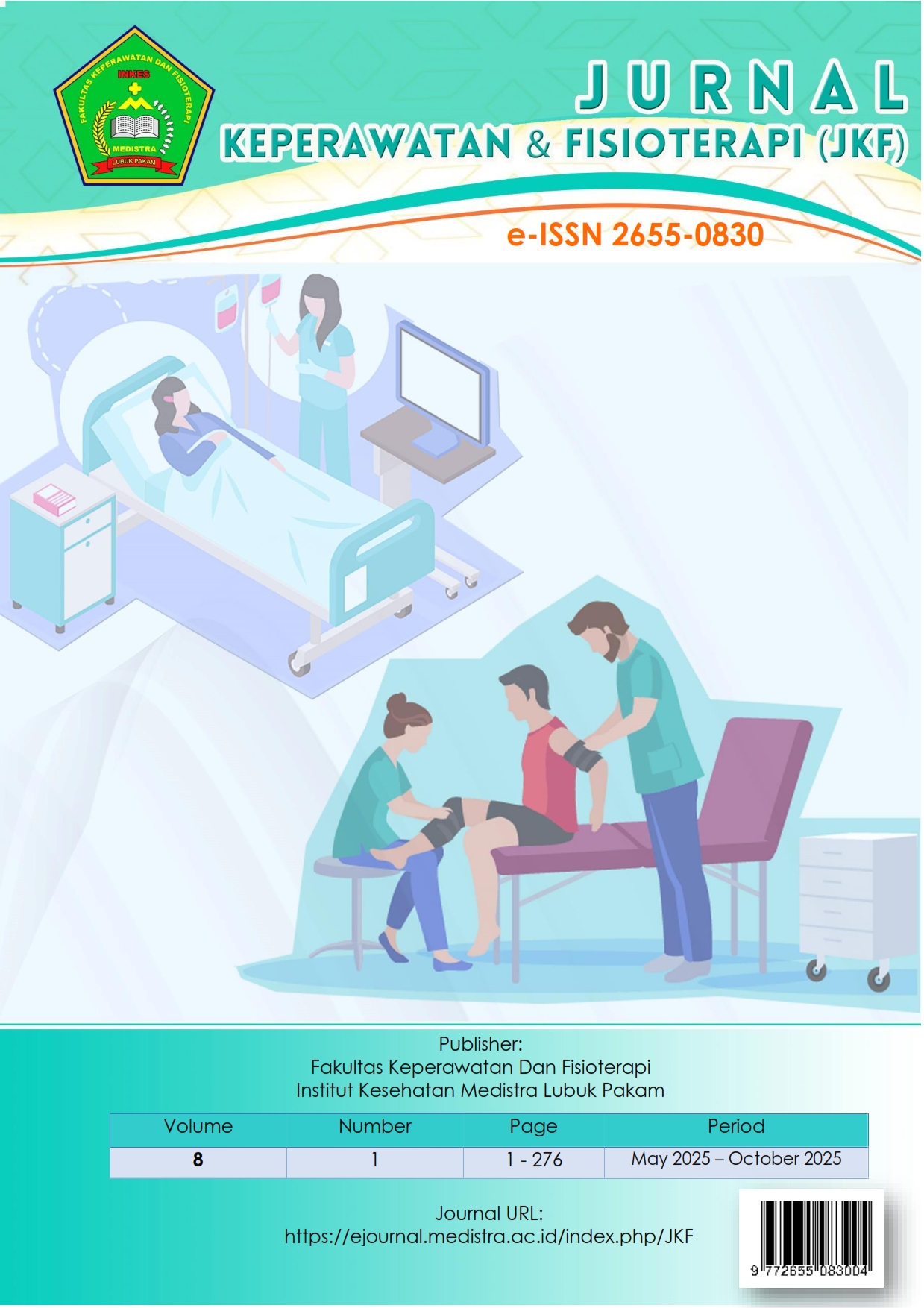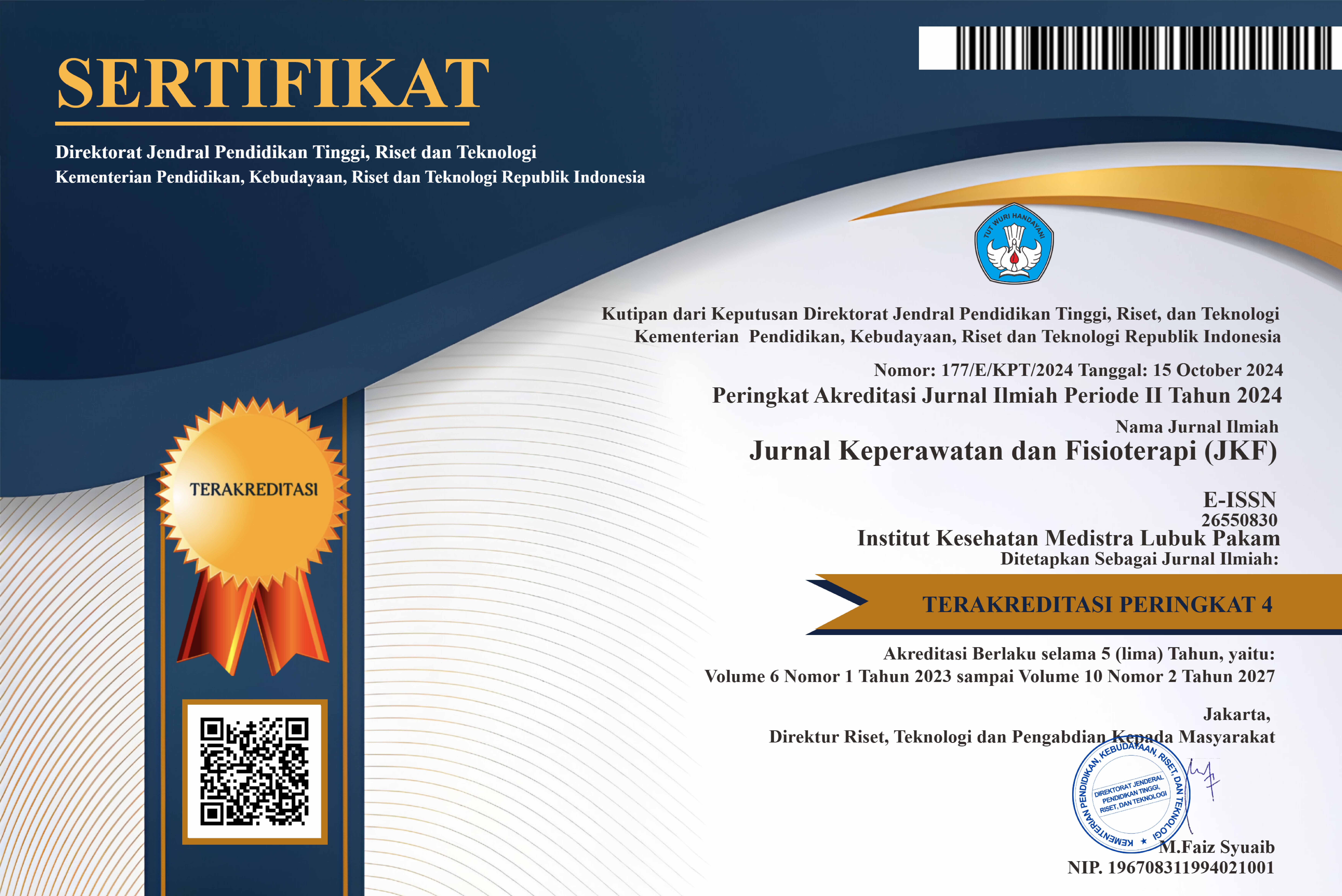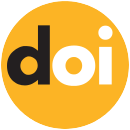Relationship between Sodium Intake and Nutritional Knowledge with the Incidence of Hypertension in Inpatients of Harapan Indah Sendawar Hospital
DOI:
https://doi.org/10.35451/asan8n89Keywords:
Sodium Intake, Nutrition Knowledge, Hypertension, AdultsAbstract
Hypertension is a major public health problem with a prevalence that continues to increase both globally and nationally. This condition is often referred to as a “silent killer” because it usually presents without symptoms yet may lead to severe complications such as heart disease, stroke, and kidney failure. Data from the 2018 Basic Health Research (Riskesdas) revealed that the prevalence of hypertension in Indonesia reached 34.1% among individuals aged ≥18 years, showing an increase compared to 2013. One contributing risk factor is excessive sodium intake that exceeds daily recommendations, combined with poor nutritional knowledge influencing individual dietary behaviors. This study employed an observational analytic design with a cross-sectional approach to analyze the association between sodium intake and nutritional knowledge with the incidence of hypertension among inpatients at Harapan Insan Sendawar General Hospital. The study population included all elderly patients aged over 60 years (n = 36), selected through total sampling. Primary data were collected via interviews using a semi-FFQ questionnaire and blood pressure measurements, while secondary data were obtained from hospital records. Findings showed that most respondents were over 60 years old (61.1%), had high sodium intake (80.5%), and low nutritional knowledge (72.2%). The prevalence of hypertension among respondents was remarkably high at 94.4%. Statistical analysis demonstrated a significant association between sodium intake and hypertension (p = 0.010), as well as between nutritional knowledge and hypertension (p = 0.032). In conclusion, high sodium consumption and low nutritional knowledge significantly contribute to the incidence of hypertension among elderly patients. These findings highlight the importance of nutrition education and sodium intake control as preventive strategies for hypertension.
Downloads
References
[1] World Health Organization, “Hypertension,” WHO, 2023. [Online]. Available: https://www.who.int/news-room/fact-sheets/detail/hypertension.
[2] Badan Penelitian dan Pengembangan Kesehatan, Laporan Hasil Riset Kesehatan Dasar (Riskesdas) 2018. Jakarta: Kementerian Kesehatan RI, 2019. [Online]. Available: https://www.litbang.kemkes.go.id/laporan-riset-kesehatan-dasar-riskesdas-2018
[3] S. Soraya, S. U. Hasanah, St. Masithah, and F. Wahyuni, “Hubungan Asupan Natrium Terhadap Kejadian Hipertensi pada Pasien Rawat Jalan Poli Interna di RSUD dr. La Palaloi Kabupaten Maros,” Jurnal Kesehatan Tambusai, vol. 4, no. 2, pp. 1234–1242, 2023. [Online]. Available: https://journal.universitaspahlawan.ac.id/index.php/jkt/article/view/35887
[4] Direktorat Jenderal Pelayanan Kesehatan Kementerian Kesehatan RI, “DASH Diet untuk Mencegah dan Mengendalikan Hipertensi,” RSUP dr. Hasan Sadikin Bandung, 2022. [Online]. Available: https://yankes.kemkes.go.id/view_artikel/798/reqwest/index
[5] R. Pratiwi, T. Sudiarti, and S. Mizan, “Hubungan Obesitas Sentral dan Asupan Zat Gizi Dengan Hipertensi pada Wanita,” Jambura Journal of Health Sciences and Research, vol. 4, no. 2, pp. 78–85, 2022. [Online]. Available: https://ejurnal.ung.ac.id/index.php/jjhsr/article/view/21760
[6] S. Srikandi and N. S. Mulyani, “Hubungan Asupan Natrium dan Kalium dengan Tekanan Darah pada Penderita Hipertensi,” Jurnal Gizi dan Kesehatan, vol. 12, no. 1, pp. 55–62, 2021. [Online]. Available: https://jurnalgizi.unw.ac.id/index.php/JGK/article/view/757
[7] H. Hendriyani, E. D. Pertiwi, and S. N. Mintarsih, “Perilaku Pemilihan Makanan Tinggi Natrium Berpengaruh Terhadap Asupan Natrium Penderita Hipertensi di Kota Semarang,” Gizi Indonesia, vol. 44, no. 2, pp. 123–130, 2021. [Online]. Available: https://persagi.org/ejournal/index.php/Gizi_Indon/article/view/149
[8] J. E. Hall, A. Guyton, Guyton and Hall Textbook of Medical Physiology, 14th ed. Philadelphia, PA: Elsevier, 2021. [Online]. Available: https://www.elsevier.com/books/guyton-and-hall-textbook-of-medical-physiology/hall/978-0-323-59712-8
[9] M. H. Ha, M. Kim, J. H. Kim, and S. W. Lee, “Dietary sodium intake and risk of hypertension: A population-based cohort study,” Nutrients, vol. 14, no. 9, pp. 1–12, 2022. [Online]. Available: https://doi.org/10.3390/nu14091835
[10] P. Chen, H. Zhao, J. Wu, and X. Zhang, “High sodium intake and its association with hypertension and cardiovascular diseases: A review,” Frontiers in Nutrition, vol. 9, pp. 1–9, 2022. [Online]. Available: https://doi.org/10.3389/fnut.2022.880110
[11] World Health Organization, “Sodium intake for adults and children,” WHO, 2020. [Online]. Available: https://www.who.int/publications/i/item/9789241504836
[12] S.M. Manalu dan M. A. Hasibuan, “The effect of nutrition education with booklet media on knowledge about diet in patients with hypertension,” Jurnal Prima Medika Sains, vol. 6, no. 2, pp. 165-168, Des. 2024. [Online]. Available: https://doi.org/10.34012/jpms.v6i2.5903
[13] E. P. Doku, M. A. N. Zotorvie, and D. Vuvor, “Nutrition knowledge and dietary practices associated with hypertension among adults,” BMC Nutrition, vol. 8, no. 16, pp. 1–11, 2022. [Online]. Available: https://doi.org/10.1186/s40795-022-00530-3.
[14] A. Zaharaa, D. Simbolon, dan Y. Yunita, “Enhancing dietary knowledge and low-salt compliance in hypertension patients through flip-chart-based nutritional literacy,” Jurnal Riset Kesehatan, vol. 13, no. 2, pp. 114-120, 2024. [Online]. Available: https://ejournal.poltekkes-smg.ac.id/ojs/index.php/jrk/article/view/11658
[15] B. Ahmed, A. A. Rahman, S. Lee, and R. Malhotra, “The Implications of Aging on Vascular Health,” Int. J. Mol. Sci., vol. 25, no. 20, Art. no. 11188, 2024.
[16] A. Zahara, D. Simbolon & Y. Yunita, “Enhancing Dietary Knowledge and Low-Salt Compliance in Hypertension Patients Through Flip Chart-Based Nutritional Literacy,” Jurnal Riset Kesehatan, vol. 13, no. 2, pp. 117-120, 2024. DOI: 10.31983/jrk.v13i2.11658.
[17] K. S. Sarnaik, “Review of Blood Pressure Control in Vulnerable Older Adults: The Role of Frailty and Sarcopenia,” Hypertension (MDPI Open), vol. 4, no. 2, art. 18, 2025. [Online]. Available: https://www.mdpi.com/2813-2475/4/2/18.
[18] J. J. Lee and K. H. Lee, “Optimal Systolic Blood Pressure for the Prevention of All-Cause and Cardiovascular Disease Mortality in Older Adults With Hypertension: Nationwide Population-Based Cohort Study,” JMIR Public Health and Surveillance, vol. 10, e52182, 2024. [Online]. Available: https://publichealth.jmir.org/2024/1/e52182/authors.
[19] S. Sukjit and W.Thuwakum, “The Association Between Food and Nutrition Literacy and Health Outcomes in Hypertension Older Adults at Khung Taphao sub-district Mueang Uttaradit District Uttaradit Province,” NU Journal of Nursing and Health Sciences, Vol. 17 No. 3, 2023, pp. 75-88. [Online]. Available: https://he01.tci-thaijo.org/index.php/NurseNu/article/view/262359
[20] Durrotun Nihayah, Inne Soesanti, Mujayanto, “The Relationship of Nutritional Status and Natrium Consumption Hypertension Elderly Status in the Lamongan Health Center Area,” Journal of Nutrition Explorations, Vol. 1 No. 1, 2023 (Feb), pp. 40-50. DOI: 10.36568/jone.v1i1.20. Available: https://doi.org/10.36568/jone.v1i1.20.
Downloads
Published
Issue
Section
License
Copyright (c) 2025 Juni Mariati Simarmata, Mudhrikah Mudhrikah, Deddy Sepadha Putra Sagala, Elfrida Simanjuntak, Debi Dinha Octora

This work is licensed under a Creative Commons Attribution 4.0 International License.
Copyright in each article is the property of the Author.


























